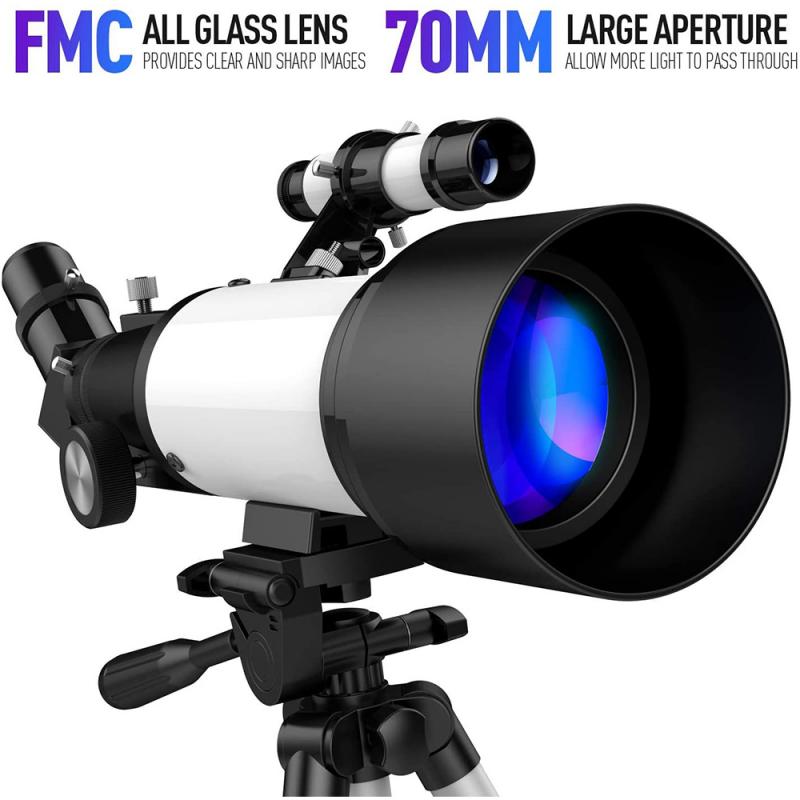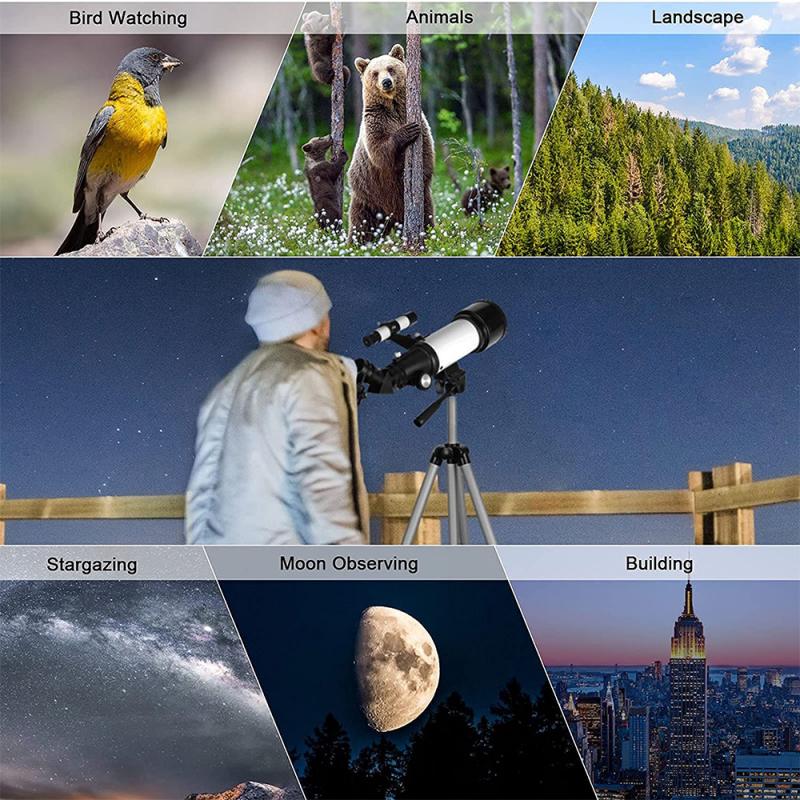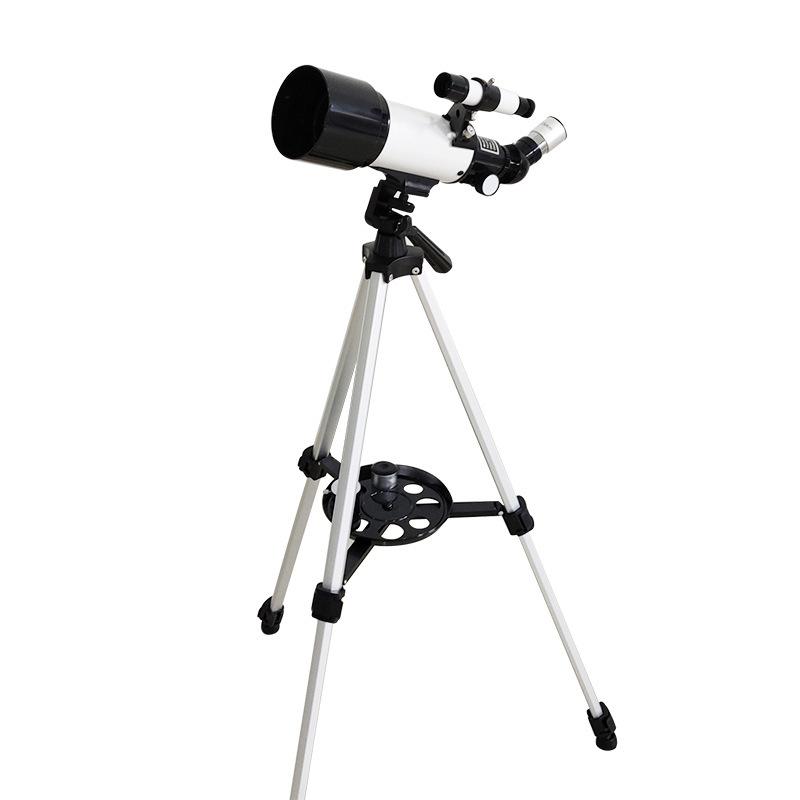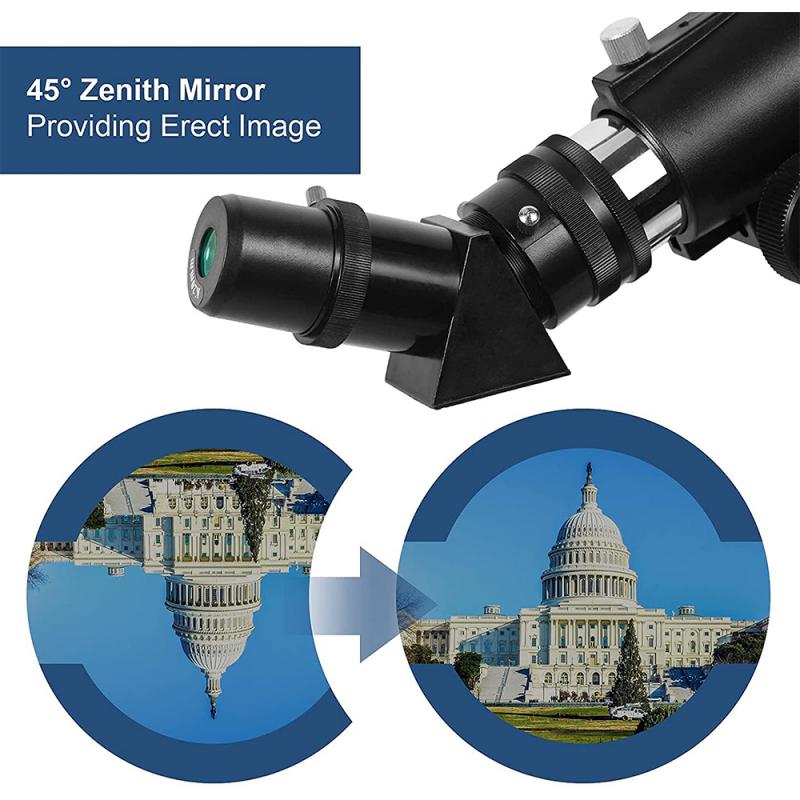How Much Does A Good Telescope Cost?
When it comes to purchasing a telescope, the question of cost is often at the forefront of potential buyers' minds. The price of a good telescope can vary widely depending on several factors, including the type of telescope, its features, and the intended use. In this article, we will explore the different types of telescopes available, the features that can affect their cost, and provide guidance on how to choose a telescope that fits your budget and needs.
Types of Telescopes

There are three main types of telescopes: refractors, reflectors, and compound (or catadioptric) telescopes. Each type has its own advantages and disadvantages, which can influence the cost.
1. Refractor Telescopes: These telescopes use lenses to gather and focus light. They are known for their excellent image quality and are often recommended for beginners. However, high-quality refractors can be quite expensive due to the cost of the lenses. Entry-level refractors can start at around $100, while high-end models can cost several thousand dollars.
2. Reflector Telescopes: Reflectors use mirrors instead of lenses to gather light. They are generally more affordable than refractors and can offer larger apertures for the same price. This makes them a popular choice for amateur astronomers. Prices for reflectors can range from $200 for a basic model to over $1,000 for more advanced versions.
3. Compound Telescopes: These telescopes combine lenses and mirrors to offer the best of both worlds. They are compact and versatile, making them suitable for a wide range of observations. However, they tend to be more expensive than both refractors and reflectors. Prices for compound telescopes typically start at around $500 and can go up to several thousand dollars.
Features That Affect Cost

Several features can influence the cost of a telescope. Understanding these features can help you make an informed decision when choosing a telescope.
1. Aperture: The aperture is the diameter of the telescope's main lens or mirror. A larger aperture allows more light to enter the telescope, resulting in brighter and clearer images. Telescopes with larger apertures are generally more expensive. For example, a 6-inch reflector telescope might cost around $300, while a 10-inch model could cost over $1,000.
2. Mount: The mount is the structure that supports the telescope and allows it to move. There are two main types of mounts: altazimuth and equatorial. Altazimuth mounts are simpler and more affordable, while equatorial mounts are more complex and expensive but offer better tracking of celestial objects. A good mount can add several hundred dollars to the cost of a telescope.
3. Optical Quality: The quality of the lenses and mirrors can significantly affect the cost of a telescope. High-quality optics provide clearer and sharper images but come at a higher price. For example, a refractor telescope with high-quality glass lenses might cost twice as much as a similar model with standard lenses.
4. Accessories: Additional accessories such as eyepieces, finderscopes, and filters can also add to the cost of a telescope. While some telescopes come with basic accessories, you may need to purchase additional items to enhance your viewing experience. A set of high-quality eyepieces can cost anywhere from $50 to $200 or more.
Budget Considerations

When determining how much to spend on a telescope, it's important to consider your budget and what you hope to achieve with your observations. Here are some general guidelines based on different budget ranges:
1. Under $200: In this price range, you can find basic refractor and reflector telescopes suitable for beginners. These telescopes are great for viewing the moon, planets, and some bright deep-sky objects. However, they may have limited features and lower optical quality.
2. $200 to $500: This range offers a wider selection of telescopes with better optics and more features. You can find good quality reflectors and entry-level compound telescopes. These telescopes are suitable for more serious amateur astronomers and can provide better views of deep-sky objects.
3. $500 to $1,000: In this range, you can find high-quality reflectors and compound telescopes with larger apertures and better mounts. These telescopes are ideal for dedicated amateur astronomers who want to explore a wide range of celestial objects with greater detail.
4. Over $1,000: Telescopes in this range are typically high-end models with excellent optics, large apertures, and advanced features. They are suitable for serious astronomers and astrophotographers who require the best possible performance. These telescopes can provide stunning views of deep-sky objects and allow for detailed astrophotography.
Practical Tips for Choosing a Telescope

1. Determine Your Goals: Before purchasing a telescope, consider what you want to observe. If you're primarily interested in viewing the moon and planets, a smaller refractor or reflector telescope may be sufficient. If you want to explore deep-sky objects, a larger reflector or compound telescope with a larger aperture will be more suitable.
2. Consider Portability: If you plan to take your telescope to different locations, consider its size and weight. Smaller telescopes are more portable and easier to set up, while larger telescopes may require more effort to transport and assemble.
3. Research and Reviews: Read reviews and do research on different telescope models to find one that fits your needs and budget. Online forums and astronomy clubs can be valuable resources for getting recommendations and advice from experienced astronomers.
4. Try Before You Buy: If possible, visit a local astronomy club or observatory to try out different telescopes before making a purchase. This can give you a better idea of what to expect and help you make an informed decision.
5. Budget for Accessories: Remember to budget for additional accessories such as eyepieces, filters, and a sturdy mount. These items can enhance your viewing experience and are often necessary for getting the most out of your telescope.
The cost of a good telescope can vary widely depending on the type, features, and intended use. By understanding the different types of telescopes and the features that affect their cost, you can make an informed decision that fits your budget and meets your observational goals. Whether you're a beginner or a seasoned astronomer, there is a telescope out there that can provide you with stunning views of the night sky. Happy stargazing!
